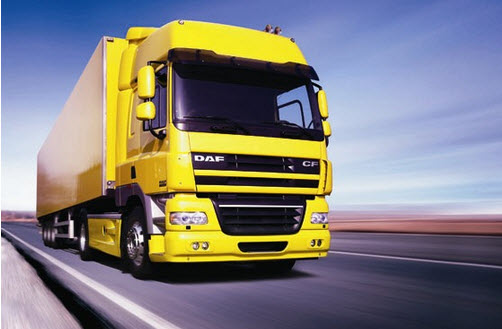In the ever-evolving landscape of global commerce, the transportation industry stands as a cornerstone of economic activity. With the rise of e-commerce, globalization, and technological advancements, the demand for efficient and reliable transportation services has surged. However, not all transportation businesses yield the same level of profitability. In this article, we will explore various transportation business models, analyze their profitability, and identify which sectors are currently thriving in the market.
Understanding the Transportation Landscape
The transportation sector encompasses a wide array of services, including freight shipping, passenger transport, logistics, and specialized services such as courier and delivery. Each segment has its unique challenges and opportunities, influenced by factors such as market demand, operational costs, regulatory environments, and technological innovations.
Key Factors Influencing Profitability
- Market Demand: The profitability of a transportation business is heavily influenced by the demand for its services. For instance, the rise of e-commerce has led to an increased need for last-mile delivery services, making this segment particularly lucrative.
- Operational Efficiency: Businesses that can optimize their operations—through route planning, fleet management, and technology integration—tend to have higher profit margins. Companies that invest in logistics software and data analytics can significantly reduce costs and improve service delivery.
- Regulatory Environment: Compliance with local and international regulations can impact profitability. Businesses that navigate these regulations effectively, particularly in sectors like freight shipping and passenger transport, can gain a competitive edge.
- Technological Advancements: The integration of technology, such as autonomous vehicles, electric fleets, and advanced tracking systems, can enhance efficiency and reduce operational costs, thereby increasing profitability.
Analyzing Profitable Transportation Business Models
- Last-Mile Delivery Services
With the boom in e-commerce, last-mile delivery services have become one of the most profitable segments in the transportation industry. Companies like Amazon and DoorDash have capitalized on this demand, offering quick and efficient delivery options. The key to success in this sector lies in optimizing delivery routes, utilizing technology for real-time tracking, and maintaining a flexible workforce to handle fluctuating demand.
- Freight Brokerage
Freight brokerage involves acting as an intermediary between shippers and carriers. This model has gained traction due to the increasing complexity of supply chains and the need for efficient logistics solutions. Successful freight brokers leverage technology platforms to connect shippers with available carriers, allowing for dynamic pricing and improved service levels. The low overhead costs associated with this model contribute to its profitability.
- Specialized Transportation Services
Specialized transportation services, such as temperature-controlled logistics for pharmaceuticals or hazardous materials transport, can command higher rates due to the niche expertise required. Companies that focus on these specialized sectors often enjoy higher profit margins, as they cater to specific needs that general carriers cannot meet.
- Ride-Sharing and Mobility Services
The rise of ride-sharing platforms like Uber and Lyft has transformed the passenger transport landscape. These companies have disrupted traditional taxi services by offering flexible, on-demand transportation options. The scalability of the ride-sharing model, combined with low initial investment requirements, makes it an attractive option for entrepreneurs. However, profitability can vary based on market saturation and regulatory challenges.
- Logistics and Supply Chain Management
Logistics companies that offer comprehensive supply chain solutions, including warehousing, inventory management, and distribution, have seen significant growth. By providing end-to-end services, these businesses can create additional revenue streams and enhance customer loyalty. The integration of technology, such as warehouse automation and inventory tracking systems, further boosts profitability.
Conclusion: The Road Ahead
While the transportation industry offers numerous opportunities for profitability, the most successful businesses are those that adapt to changing market dynamics and leverage technology to enhance efficiency. Last-mile delivery services, freight brokerage, specialized transportation, ride-sharing, and logistics management are among the most profitable sectors today.

